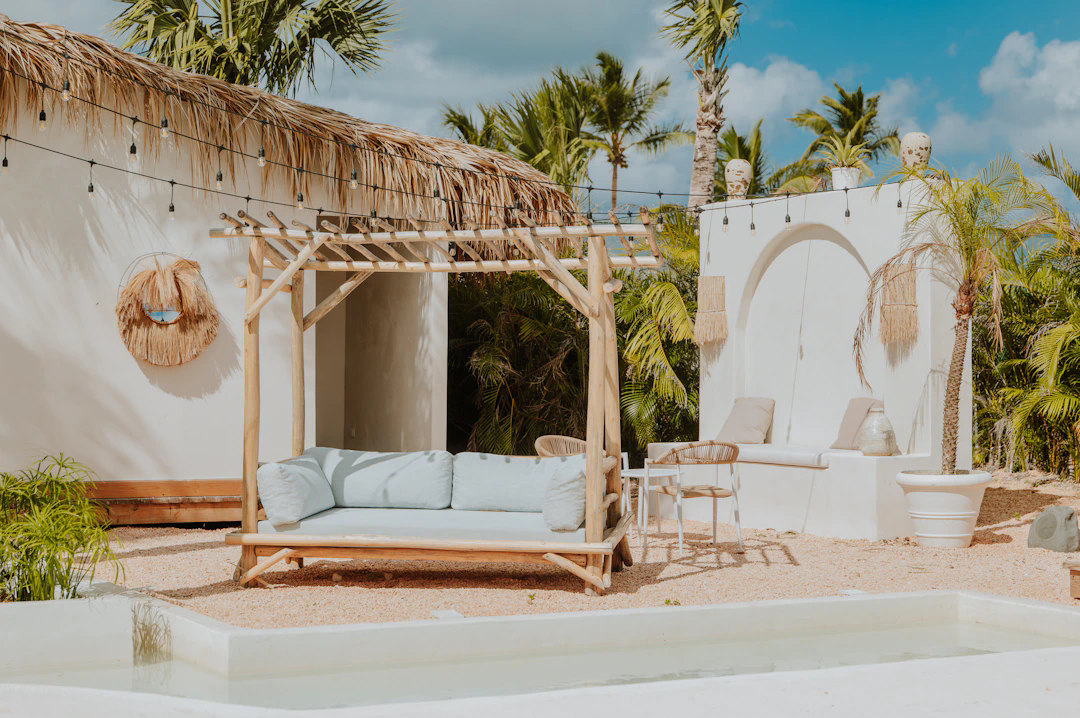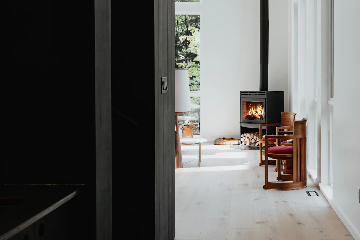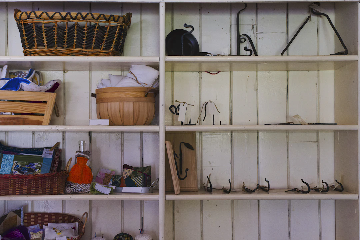If you're ready to bring a breath of life into your Seattle home, few things are as transformative as a touch of greenery. As someone devoted to sustainable, intentional design, I've often observed that the success of a houseplant comes down not to a hidden talent, but to following a handful of smart, approachable rules. Luckily, caring for plants is less mysterious than it might seem—even if you've previously managed to wilt a cactus!
According to reviews of Jen Stearns' The Inspired Houseplant, a surge of interest in houseplants is matched with a need for clear, fuss-free guidance. Many Seattleites appreciate her approach: she strips away the jargon, focusing instead on beautiful, practical solutions that suit real people and real homes. The enthusiasm is infectious: even the most self-labeled 'black thumb' can succeed given the right plant, the right spot, and a bit of practical know-how.
At its heart, caring for houseplants is rooted in science—understanding the interaction between plant, habitat, and caretaker. Think of it as designing a custom habitat. Whether you're styling a showy fern, a resilient echeveria, or a quirky aquatic plant, three key variables rule: light, water, and placement. Here in Seattle, where gentle sunlight and fluctuating humidity are the norms, these nuances make all the difference.
Stearns divides houseplants by their climate origins, which is incredibly helpful. This means you can match your chosen greenery not just to your decor, but to your lifestyle and local conditions too. Here's a quick table to illustrate basic care recommendations for common houseplant types:
Quick Reference: Houseplant Types
| Type | Light | Water | Great For |
|---|---|---|---|
| Desert (Cacti, Succulents) | Bright, direct | Infrequent | Busy owners, sunny spots |
| Temperate (Ferns, Palms) | Low/Partial | Consistent moisture | Shade, moist corners |
| Tropical (Nerve Plant, Dracaena) | Filtered, warm | Frequent misting | Bathrooms, terrariums |
| Aquatic (Anubias, Water Lettuce) | Low | Water changes only | Tabletop water gardens |
Crafting a Green Interior
Another takeaway from The Inspired Houseplant is that plant styling isn't just about care—it's about artistry. Seattle's love of cozy interiors means creating layered looks: vines along shelves, leafy displays on windowsills, and vertical herb gardens livening up spare walls. Embrace a mix of pots, vintage finds, and clever makeshift planters. Projects like kokedama (moss-wrapped plants) or mini terrariums encourage creativity, inviting you to experiment with texture and color to suit each unique corner.
Customers consistently praise the book for its visual inspiration: lush photography fuels the imagination, making it easy to visualize how a small change—like a trailing golden pothos in your entry—can make your space feel welcoming and calm. For those nervous about making mistakes, Stearns provides a comforting reminder: plant care, like home design, is an evolving journey. You can move move your monstera, swap out pots, and even start over as you discover what works for your environment.
If you're a beginner, don't be intimidated by technical terms. Focus on observing changes: do leaves droop after watering, or does growth spurt after a move to a brighter spot? With patience, you'll uncover each plant's preferences. Remember, indoor gardening isn’t about perfection—it's about building a home that reflects who you are, one green accent at a time.
Ready to Grow?
Whether you're outfitting a sunny nook or transforming a shaded Seattle studio, houseplants add not just beauty, but a sense of joy and well-being. Start with easygoing species, set reminders for watering and care, and let yourself have fun experimenting. As Melissa Michaels often encourages on The Inspired Room[1], personalize your plant displays—use the items and styles that delight you most. Your home, just like your urban garden, is yours to nurture and create.
Here’s to cultivating not just thriving plants, but a more inspired, happy home in every season!
References:
[1] The Inspired Houseplant: Transform Your Home With Indoor Plants from Kokedama to Terrariums and Water Gardens to Edibles: Stearns, Jen. Amazon.com. Accessed: May 2024.
https://www.amazon.com/Inspired-Houseplant-Transform-Kokedama-Terrariums/dp/1632171775
[2] The Inspired Room {Top Decorating Blog}, Michaels, Melissa. The Inspired Room. Accessed: May 2024.
https://theinspiredroom.net/about/
Read More

Camila Ward
Author
Raised in a bustling suburb of Atlanta, Camila Ward grew up fascinated by machinery and how things work. She attended Georgia Tech and became a mechanical engineer, quickly making a name for herself through innovative eco-friendly design projects.
After a decade in R&D for a major tech firm, Camila took a leap and opened her own consultancy. She now specializes in sustainable solutions for urban environments, balancing her technical expertise with a commitment to social responsibility.


